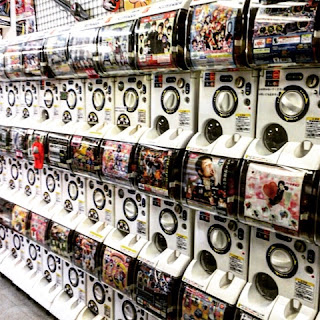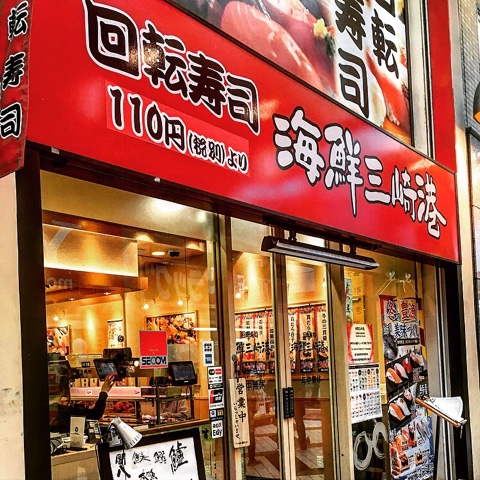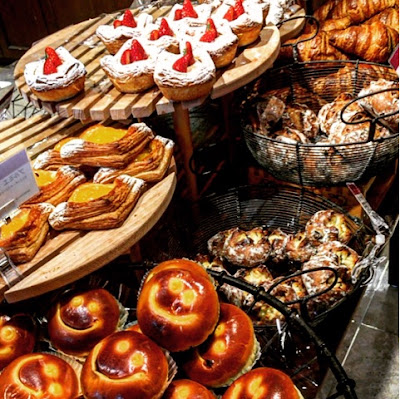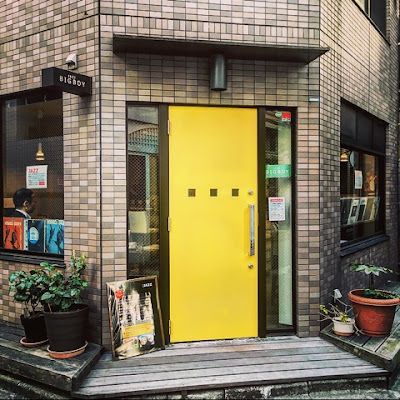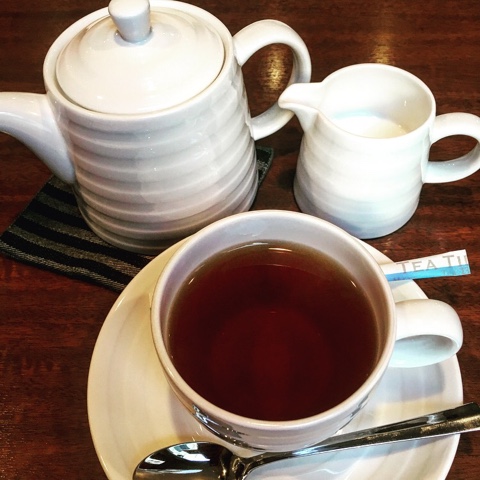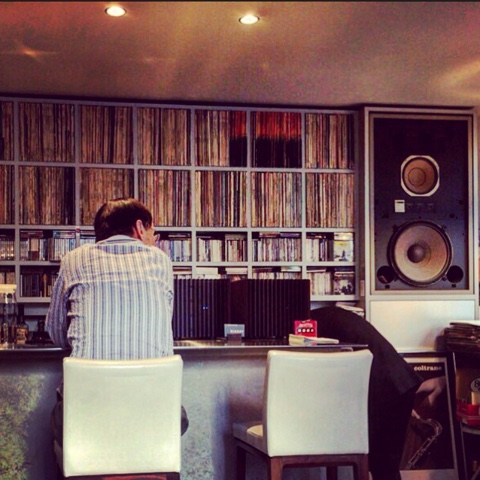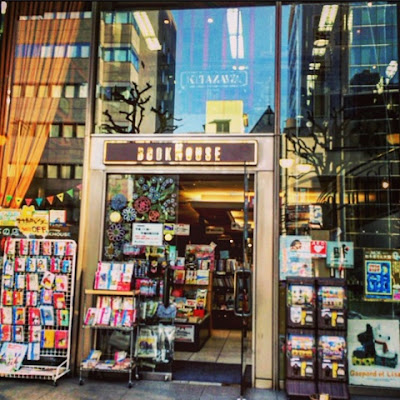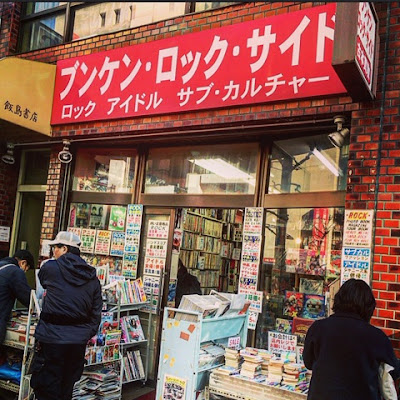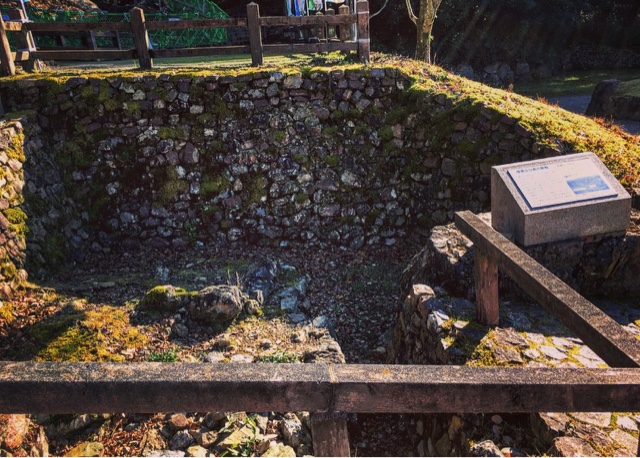 |
| The mountains are covered with thick fog just like in the morning of the Battle of Sekigahara in 1600 |
The weather forecast said that it would be very warm that Wednesday so I traveled excitedly to Sekigahara. I was all set to rent a bike and drive all around the small town visiting the historical places during the Battle of Sekigahara in 1600. Unfortunately, the weather forecast failed and I ended up watching snow fall outside my train window on my way back to Ogaki City.
My plans might have not transpired as I wanted to but my trip to Sekigahara was not in vain. I still enjoyed my visit to some places around town.
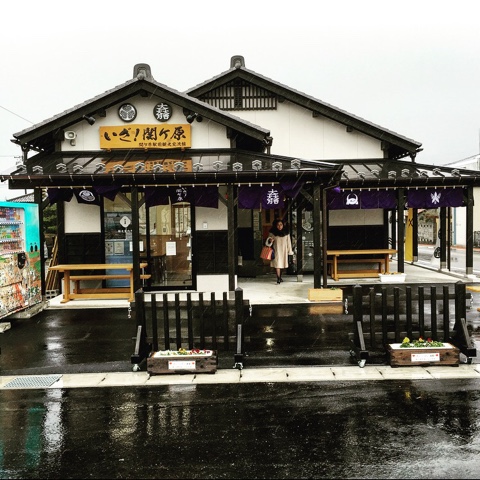 |
| The tourist information office |
|
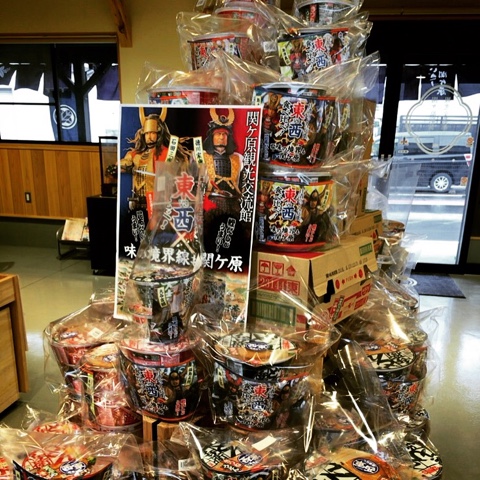 |
| Cup noodles featuring famous daimyos |
|
Sekigahara Station is a very small station out of nowhere. When you arrive at the station, you would know that you are already somewhere far and remote. There are no people, only mountains on all sides. Across the station is the tourist information office where you can get a map locating the important sites in the area and unique souvenirs of the different
daimyos (feudal lords) who participated in the war. There are a lot of goods such as notebooks, ballpens, figurines, tshirts, etc. But what caught my attention was this tall mountain of instant noodles featuring the faces of famous daimyos! If it was not that bulky to carry around, I would have bought a few bundles so that I could sit at home and eat it like a
daimyo.
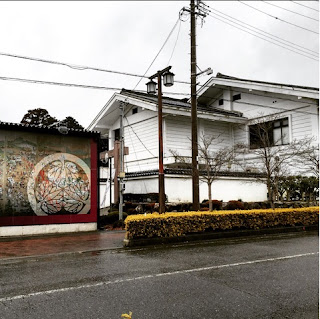 |
| Sekigahara Museum |
|
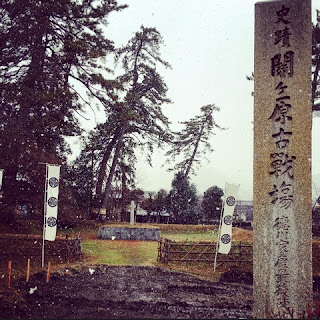 |
| Final Camp of Tokugawa Ieyas |
|
Because it was raining so hard in the morning, I decided to visit the Sekigahara Museum, which is about 10 minutes from the station but longer takes longer when it's raining. By this time, I already visited a few other castles and museums and they all don't have a detailed explanation of the Battle of Sekigahara in English. Yes, I've read a lot about the battle and I have a clear idea of what happened and which troops did what, who betrayed who and who attacked who and who defeated who. However, I wanted to hear an "official" explanation from the Japanese museums. I wanted to hear how they're going to present the story. I was very happy because among all the places I've been to, only this museum offers an explanation in English with a clear map that plots the troops as the narrator goes on with the story.
Right across the museum is the final camp Tokugawa Ieyasu set up during the battle. There were construction activities going on around so again (just like my adventures in Sunomata), I have to walk around and make a detour to reach it. Needless to stay, it was snowing.
When I first came to the museum, I thought that I would wait for a while for the rain to stop. The weather forecast (if it got it right this time) said that the rain would stop at around 1pm so I though I would just hang around and wait for it. The rain/snow did stop at around 12nn. Lucky, I thought to myself. The sun shone brightly in the skies. I brought the bicycle outside the shed of the museum where I rented it. I was sitting on the bike about to pedal away when the rain poured again so heavily. Heavier this time. It was like a joke from the heavens. Even the woman who rented out the bike found it very funny. The woman returned my money and told me to just go back later if the rain stopped. I asked her for a nearby place where I could have lunch and she told me that right across the museum, in the brown building on the other side of the road, there is a small cafe.
 |
 |
I went to this small cafe to rest and wait for the snow to stop. By this time, the snow fall was getting stronger. Fortunately, there were real food in the cafe. I ordered a plate of curry and takoyaki. Yes, I was able to finish all that up. Don't doubt my ability to finish a meal like a samurai warrior. The cafe is owned by a middle-aged couple. The old man asked me where I came from and I told him I am from the Philippines. He asked me if I am working in the area and I told him I am just visiting and I am studying in Tokyo. He was so surprised I could speak Japanese although my Japanese was very basic.
When his wife emerged from the kitchen, he told her the things that we talked about and they were very surprised that I could speak (a little) Japanese.
 |
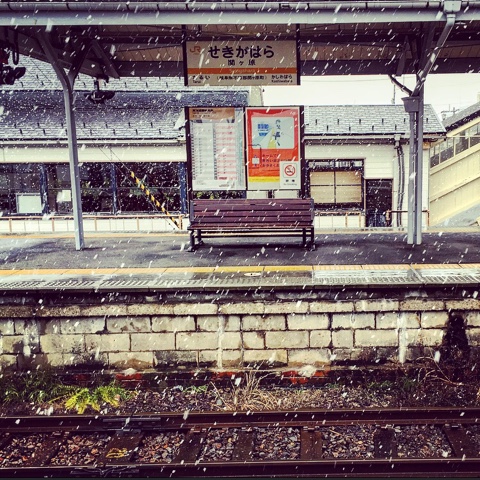 |
While I was watching the snow fall from my window, I found it really weird to find myself in a very far town somewhere in the mountains. I never thought that I would go this far just to chase my dreams of visiting historical places in Japan. But I was happy I came there. The trip might not have gone the way I planned it to be but it was a great trip nonetheless.
The woman gave me this wooden charm before I left. She told me that it was a purezento (present) for me. She even gave me a small umbrella and told me that she doesn't need it anymore. I can use it as I walk to the station. She is indeed a very nice woman. I would want to return to this place again.
On my way back to the station, I noticed that the mountains surrounding the valley were all covered with a thick fog and it made me smile. Just like in the morning of October 21, 1600, before the actual Battle of Sekigahara commenced, the valley was enveloped with a very thick fog this is why the troops couldn't track the movements of their enemies. I smiled at the thought. This day was magical. I felt like I have been warped back to the morning of the Battle of Sekigahara in 1600, luckily there were no flying arrows or gun shots, only falling snow from the heavens above.




